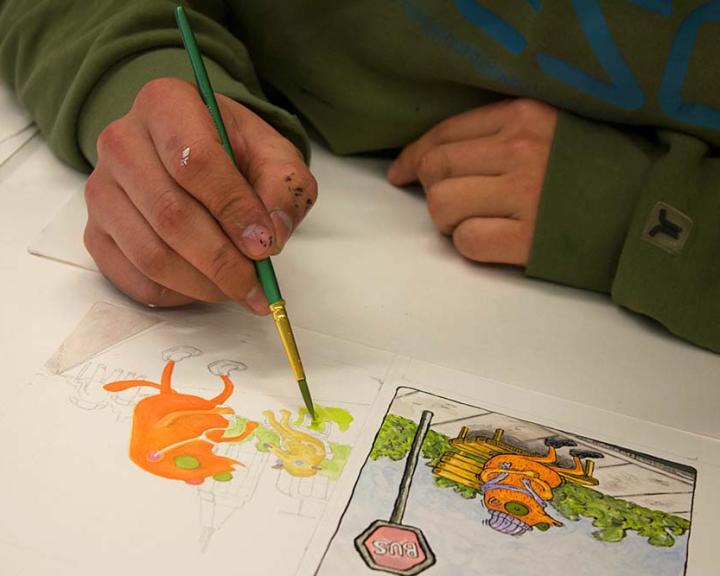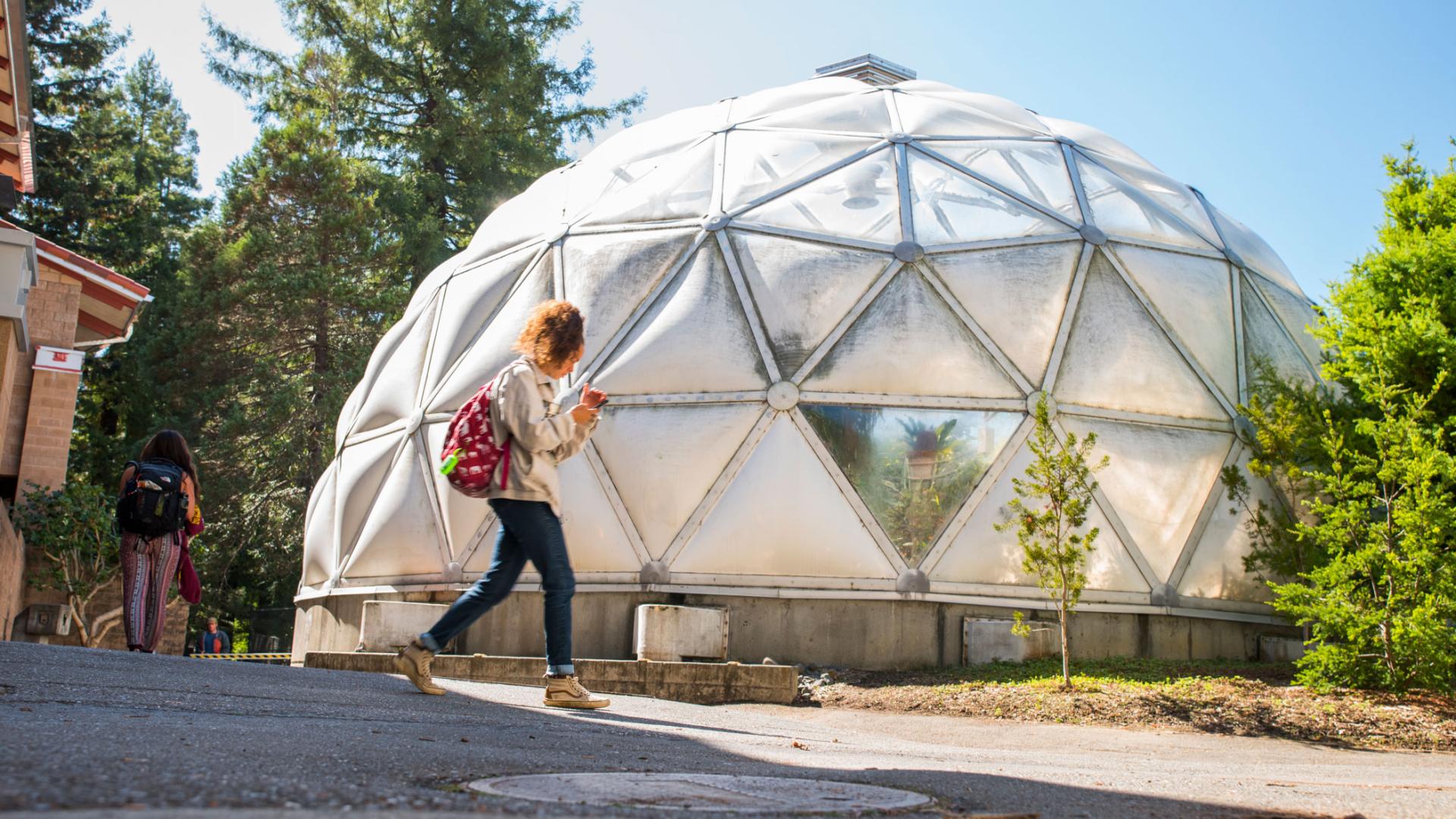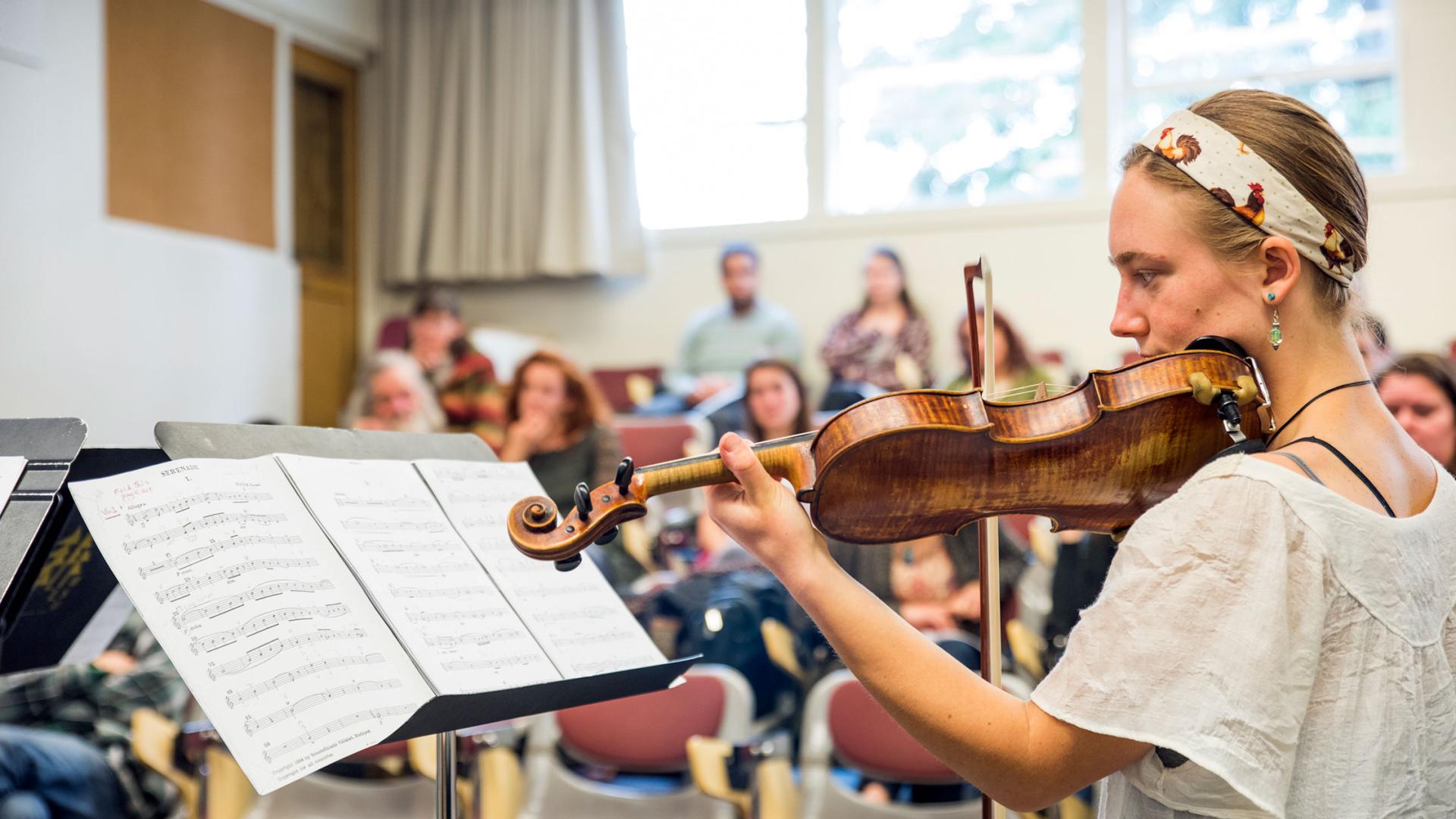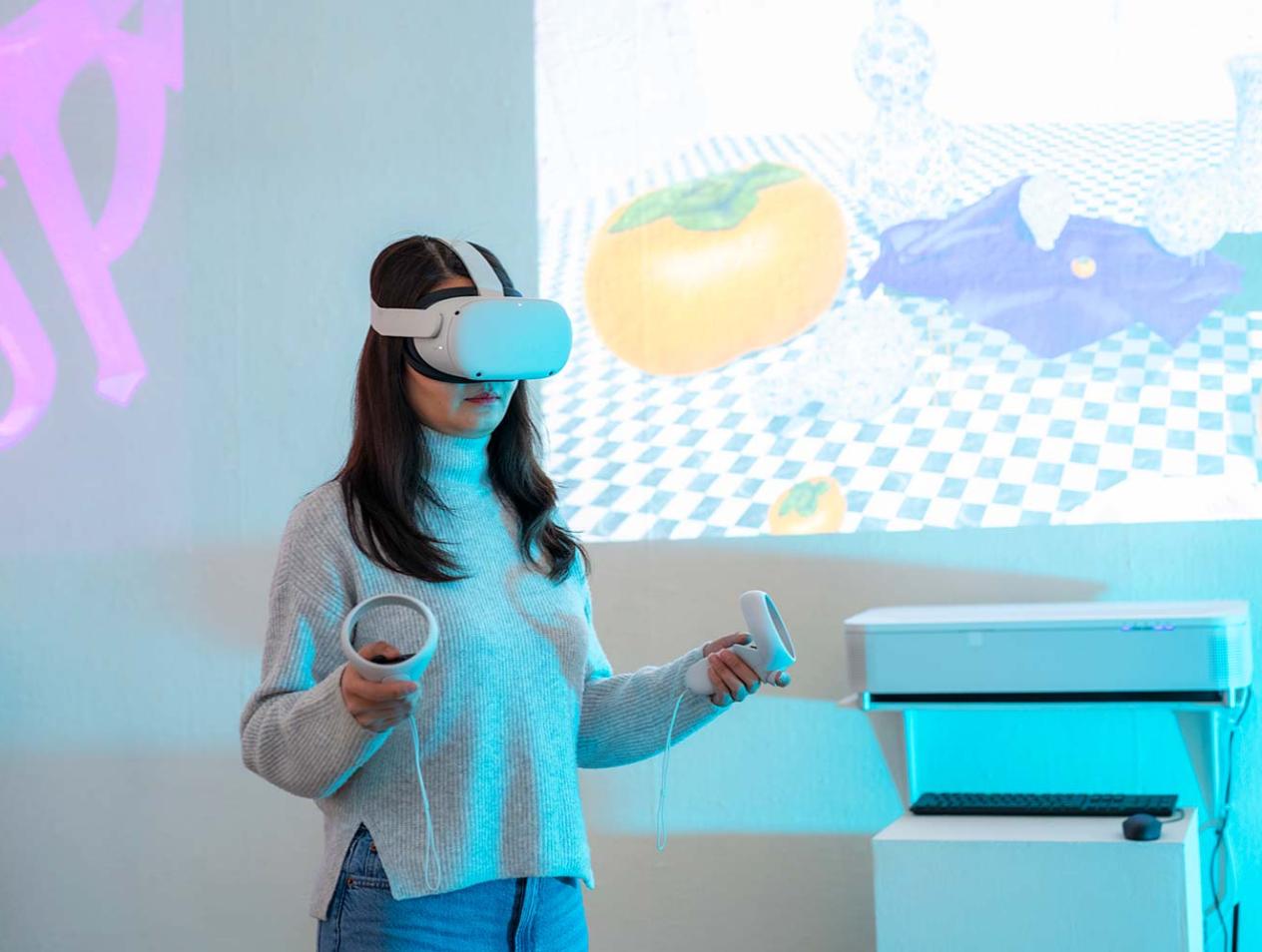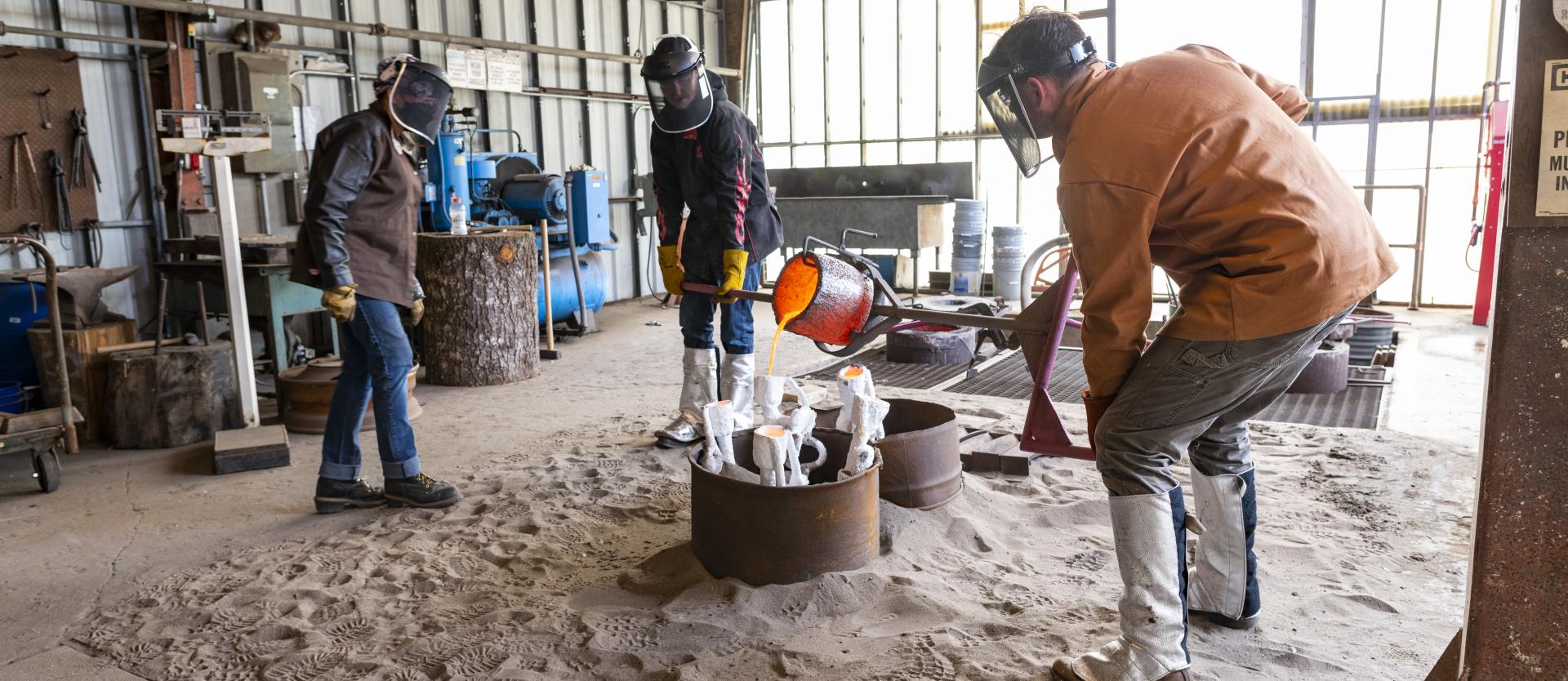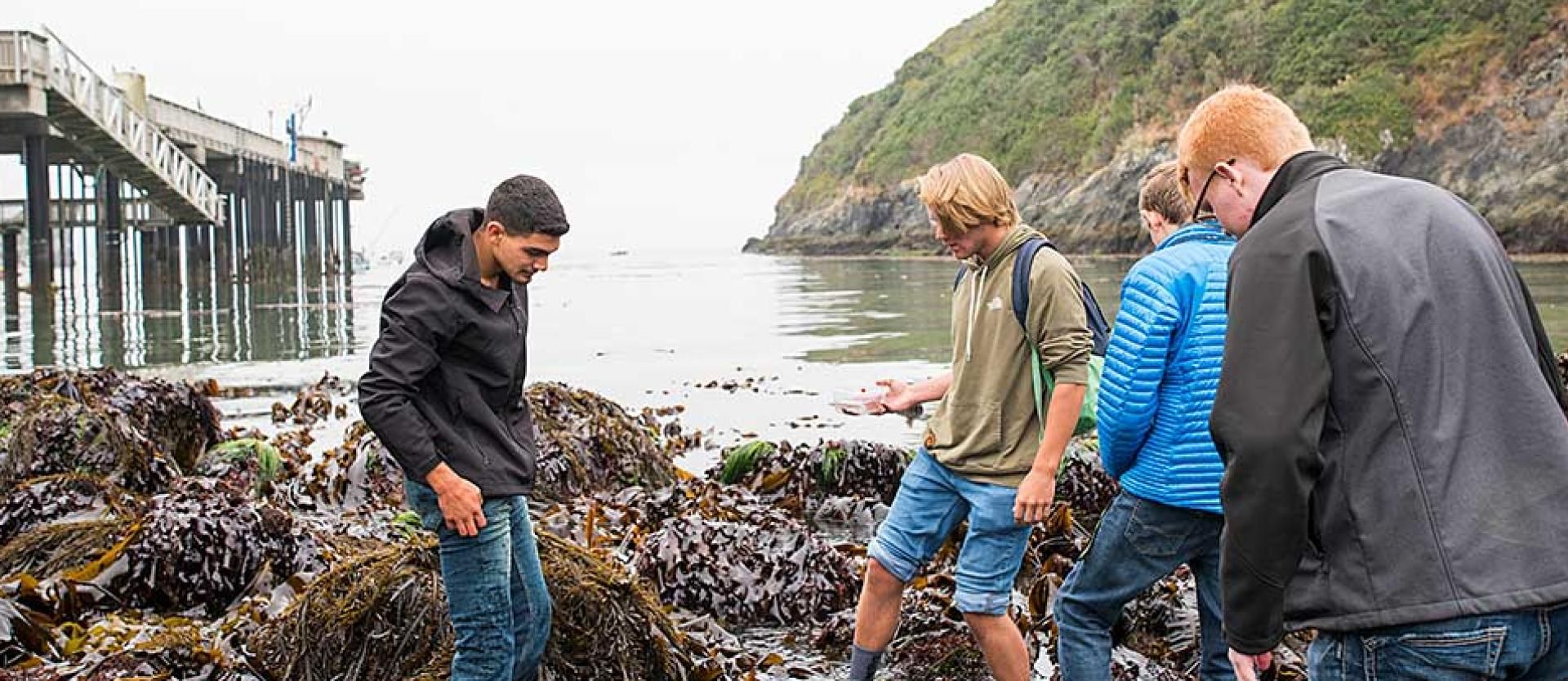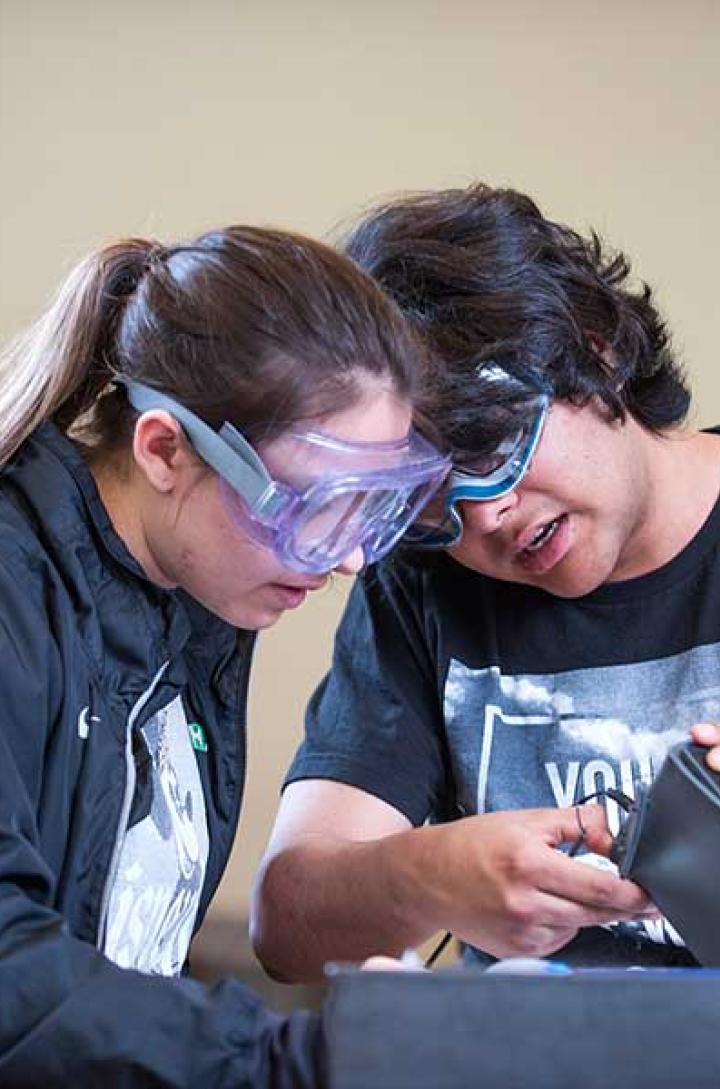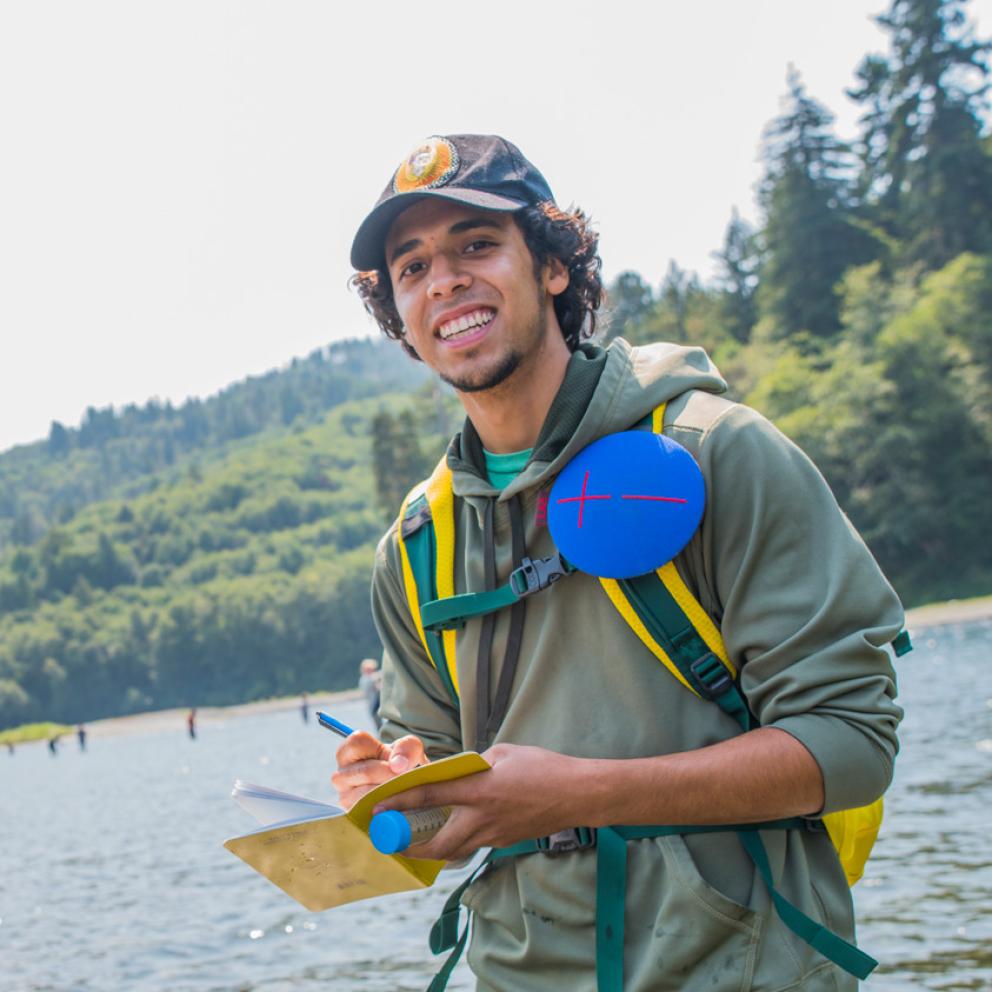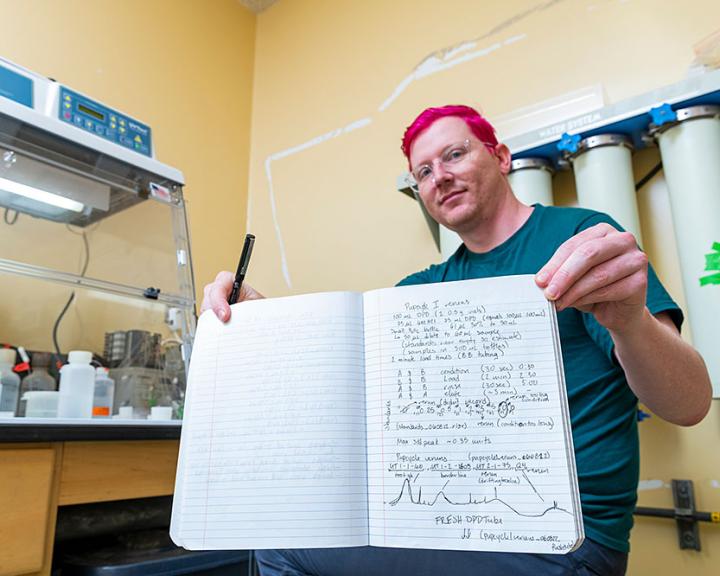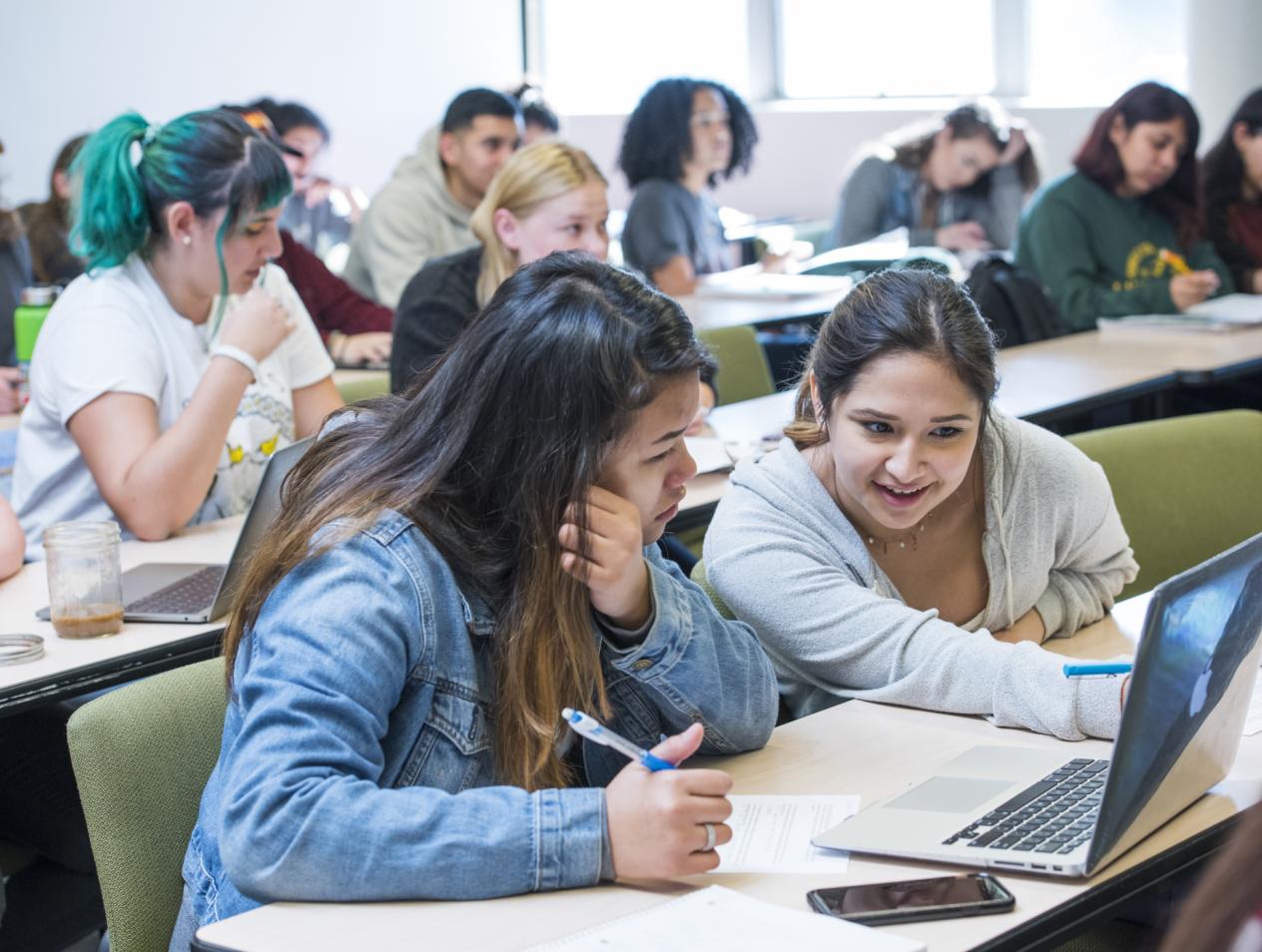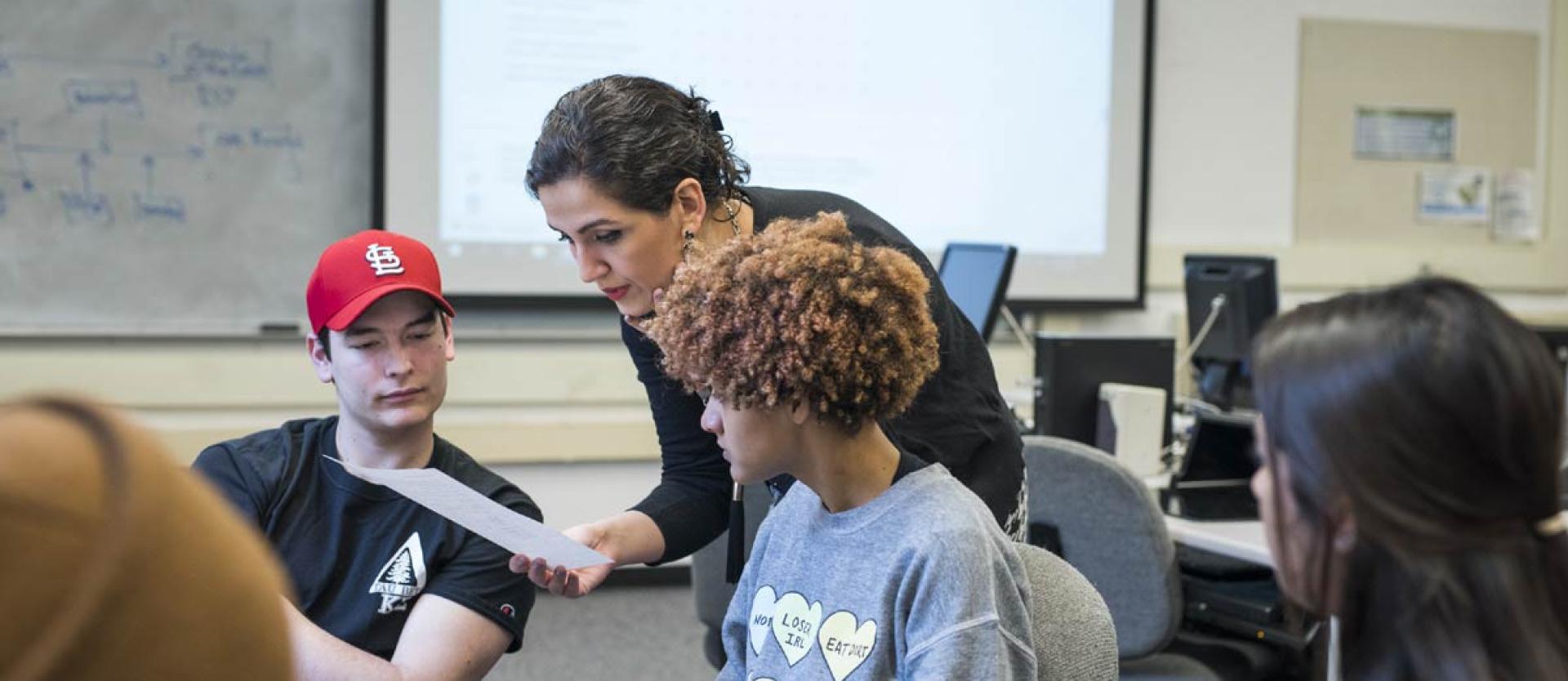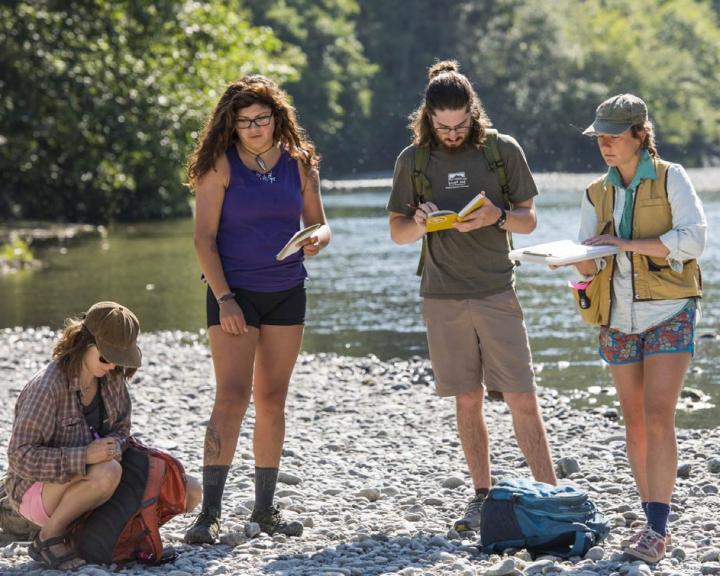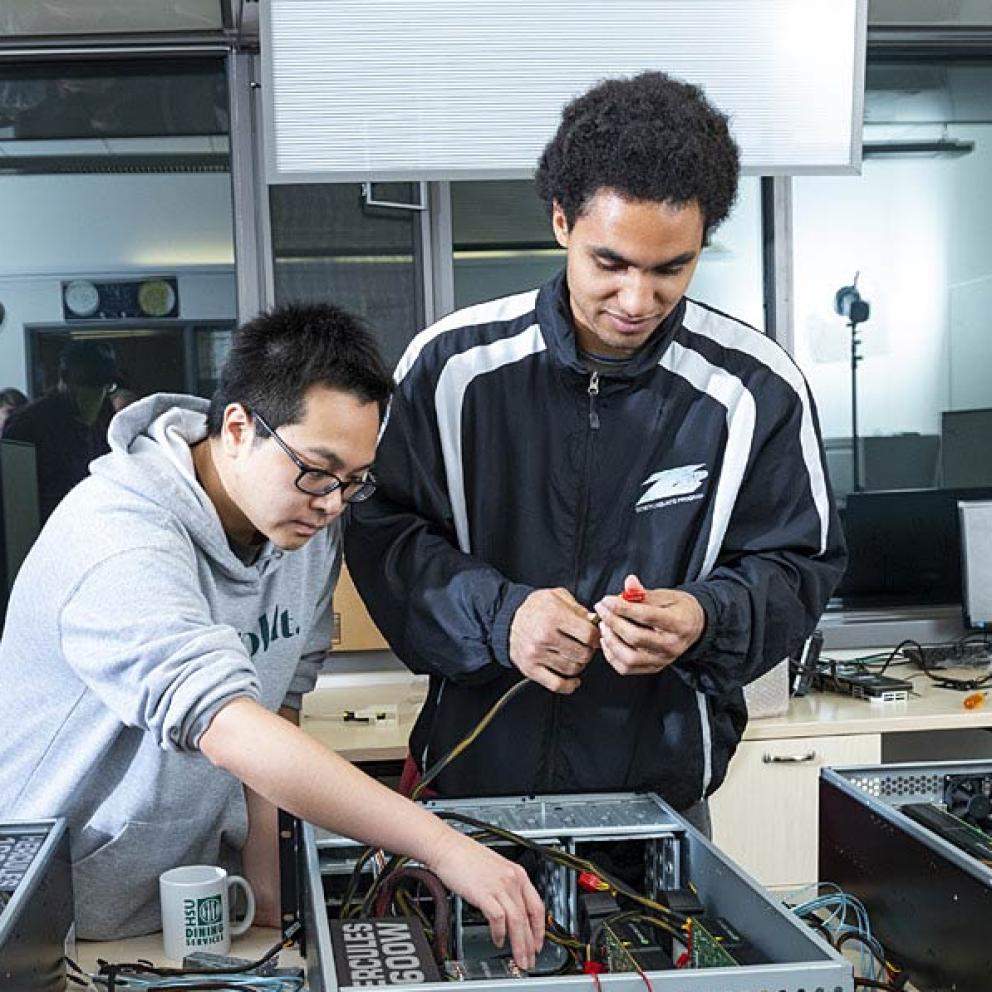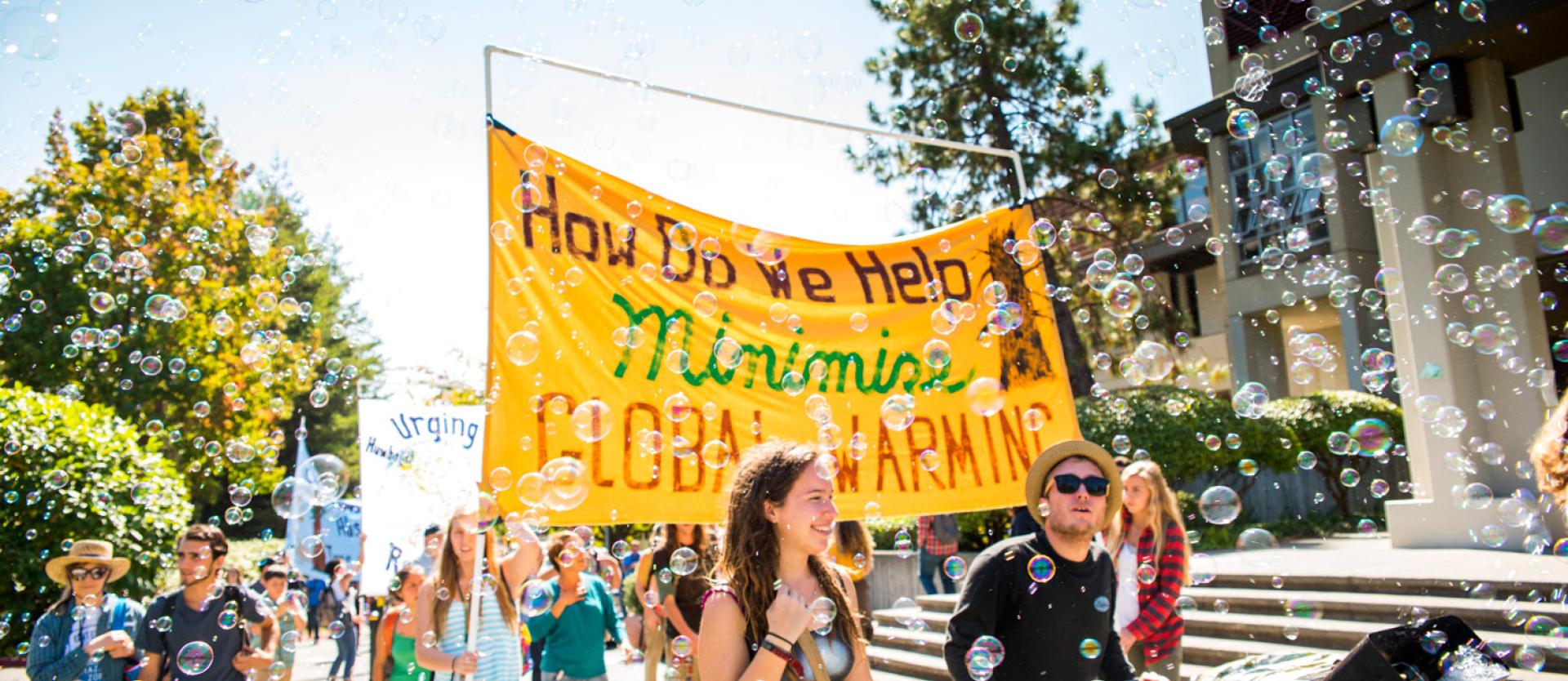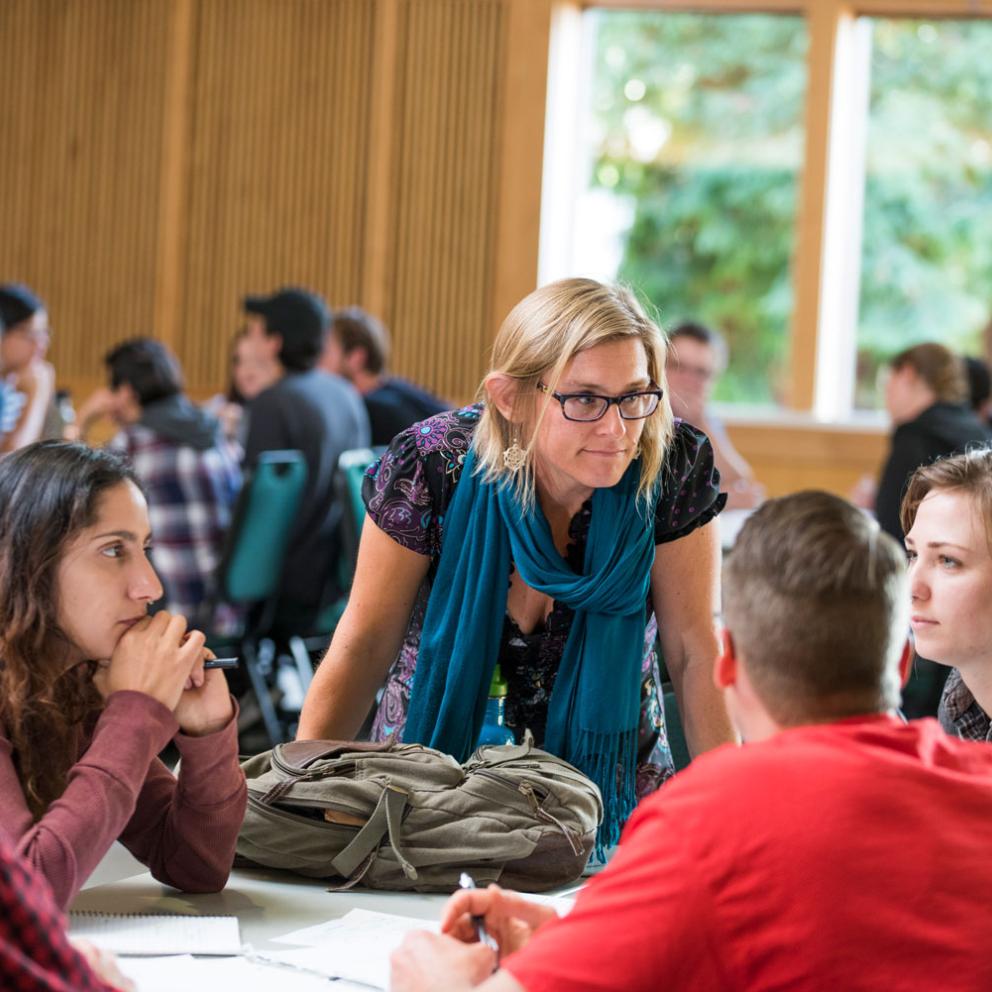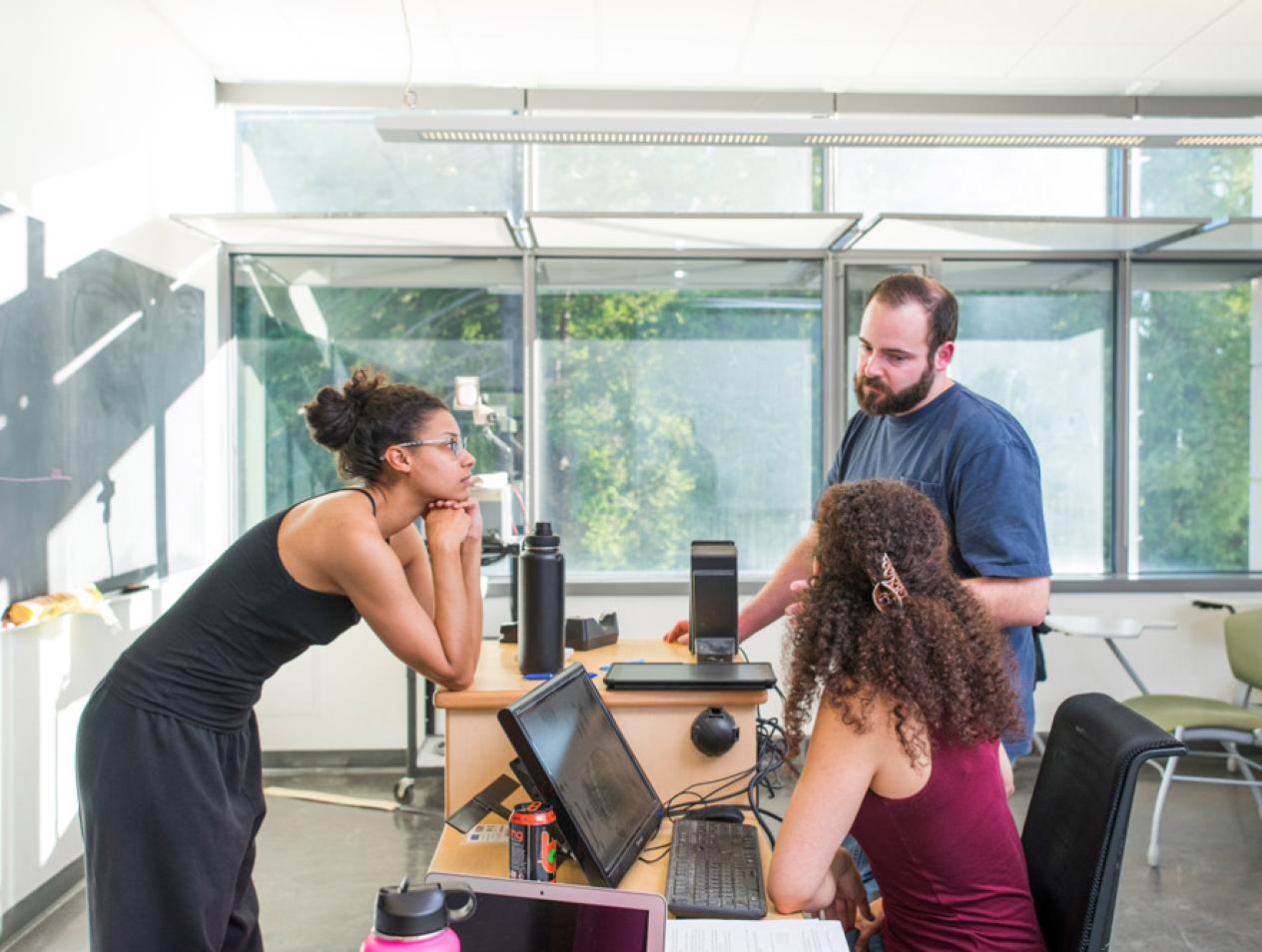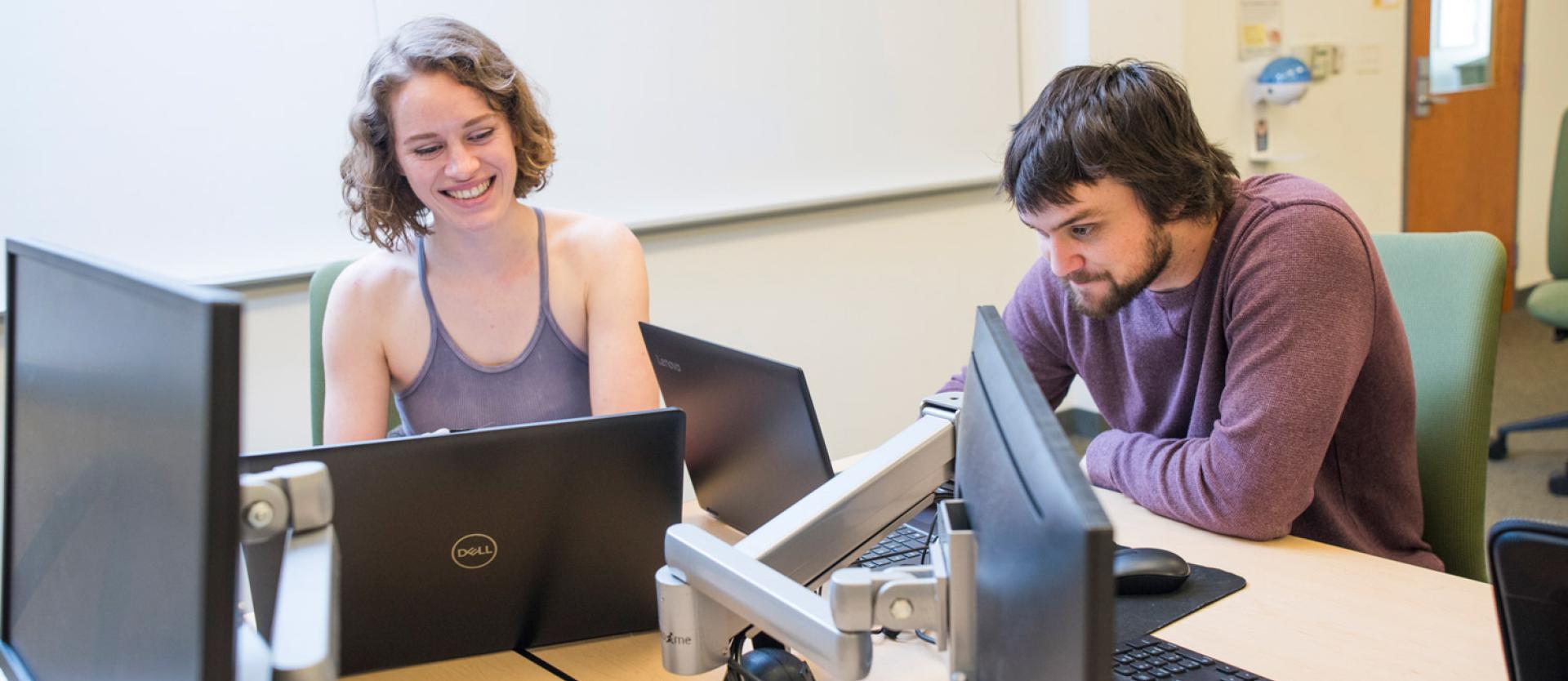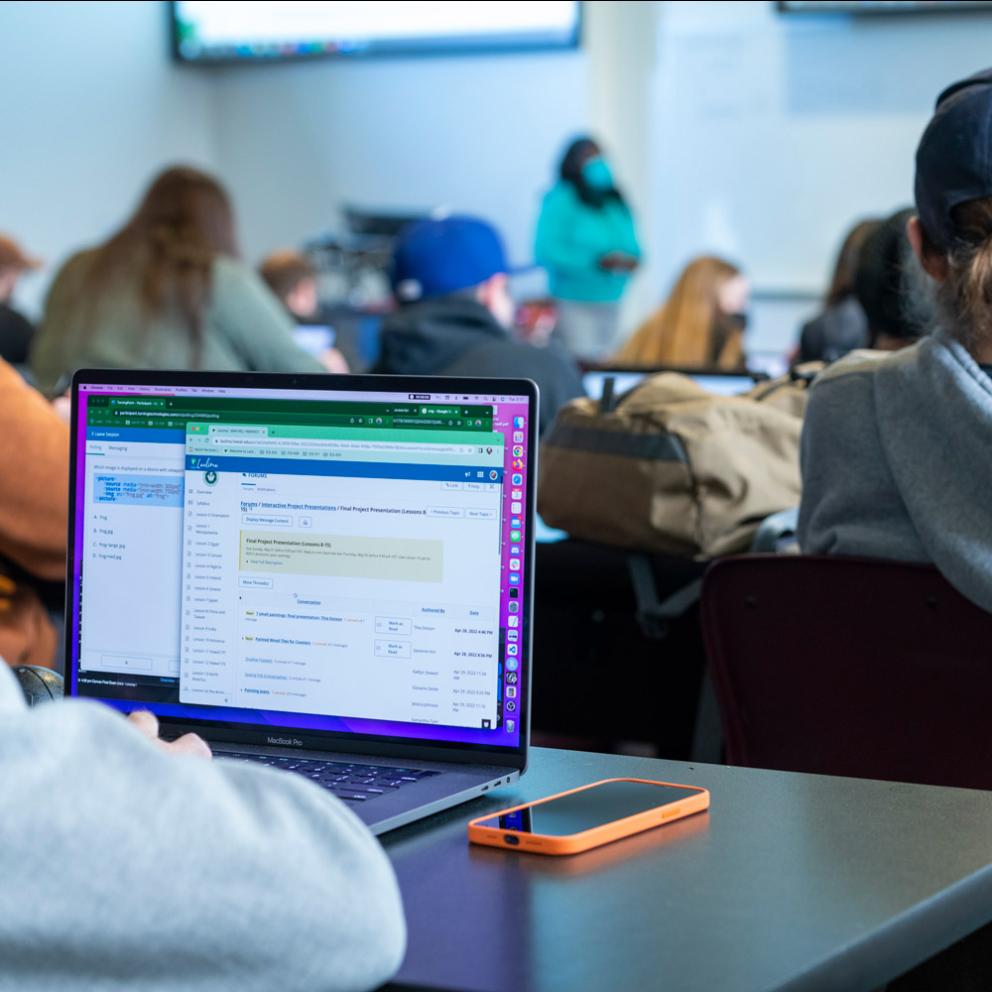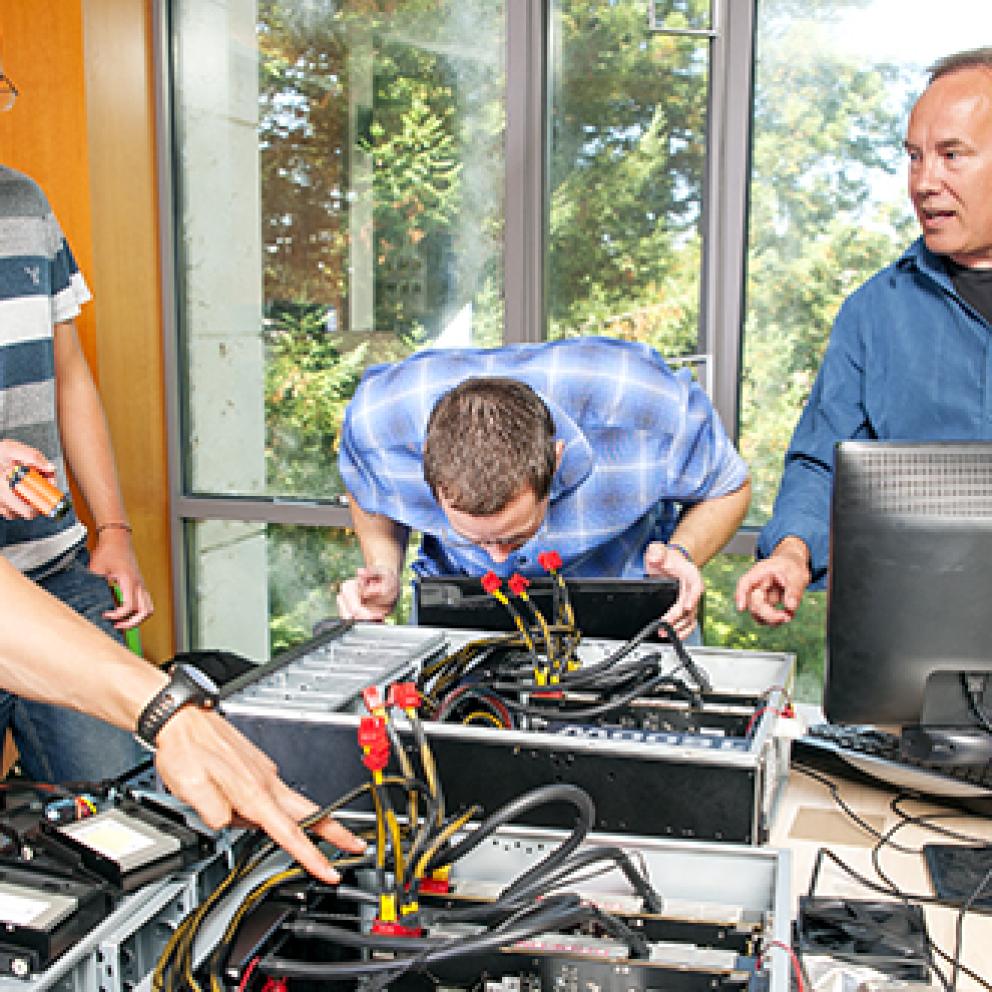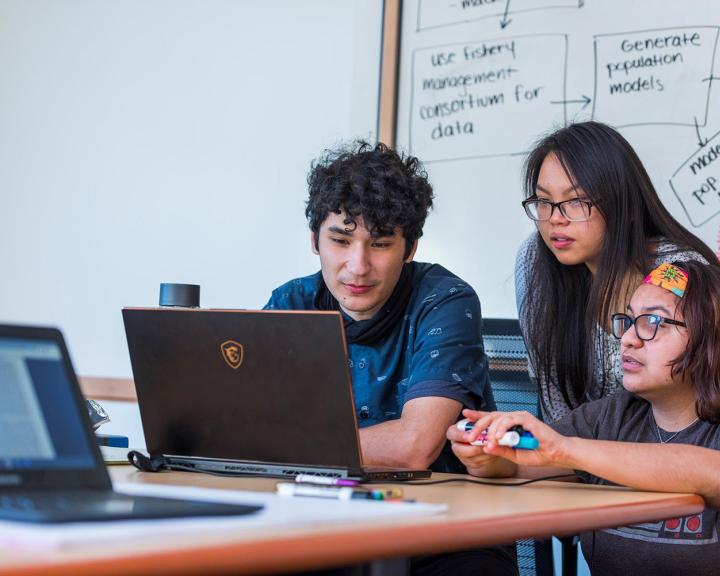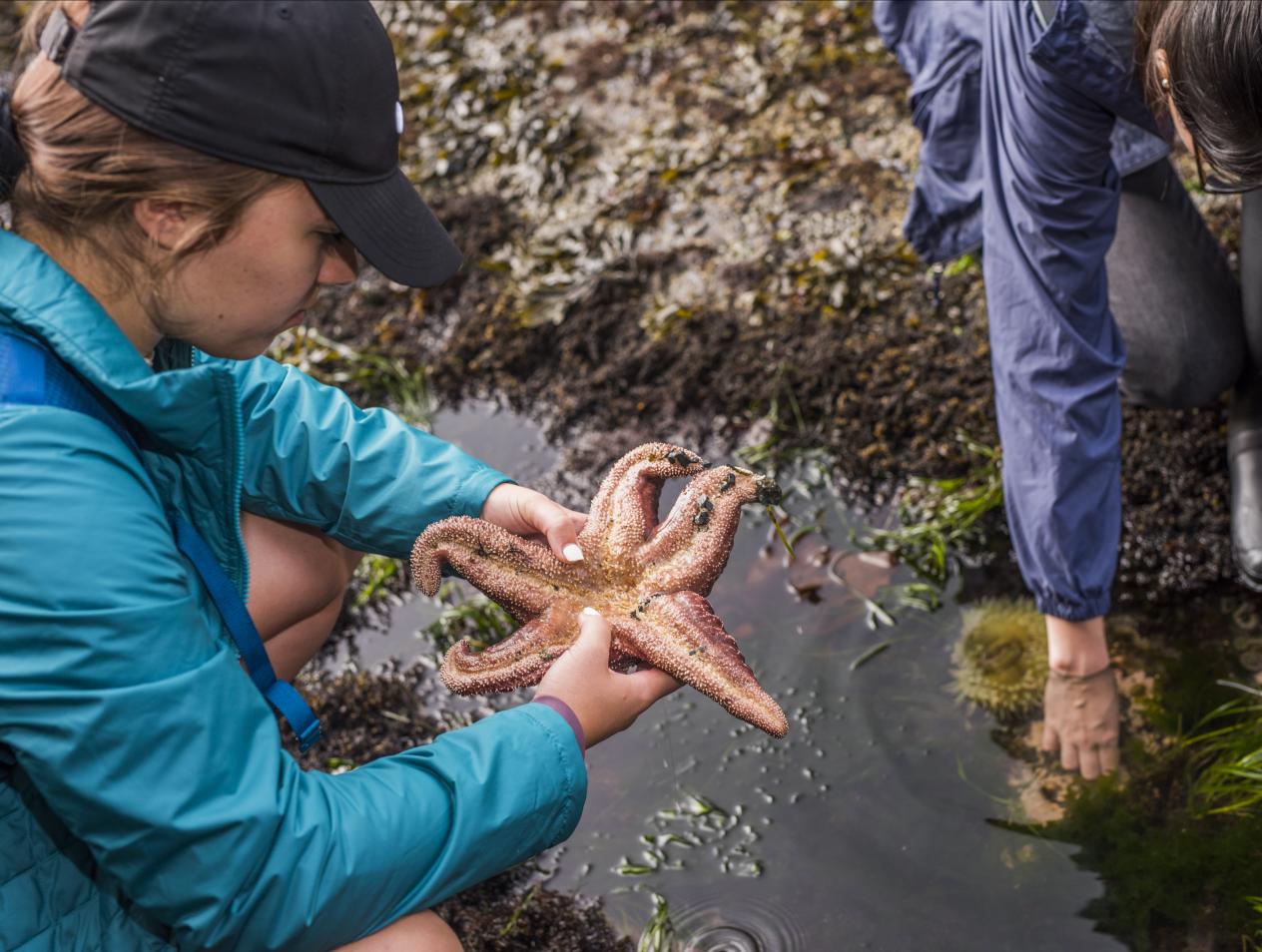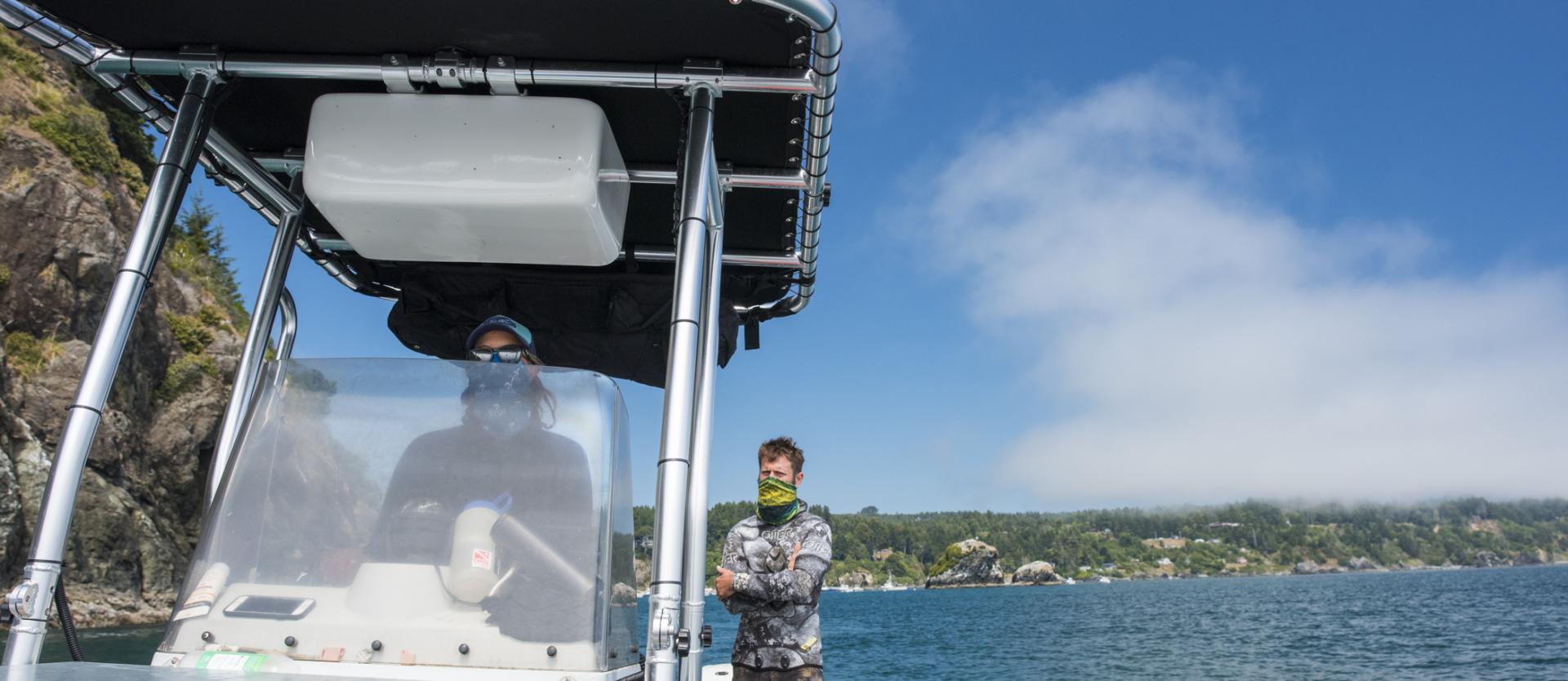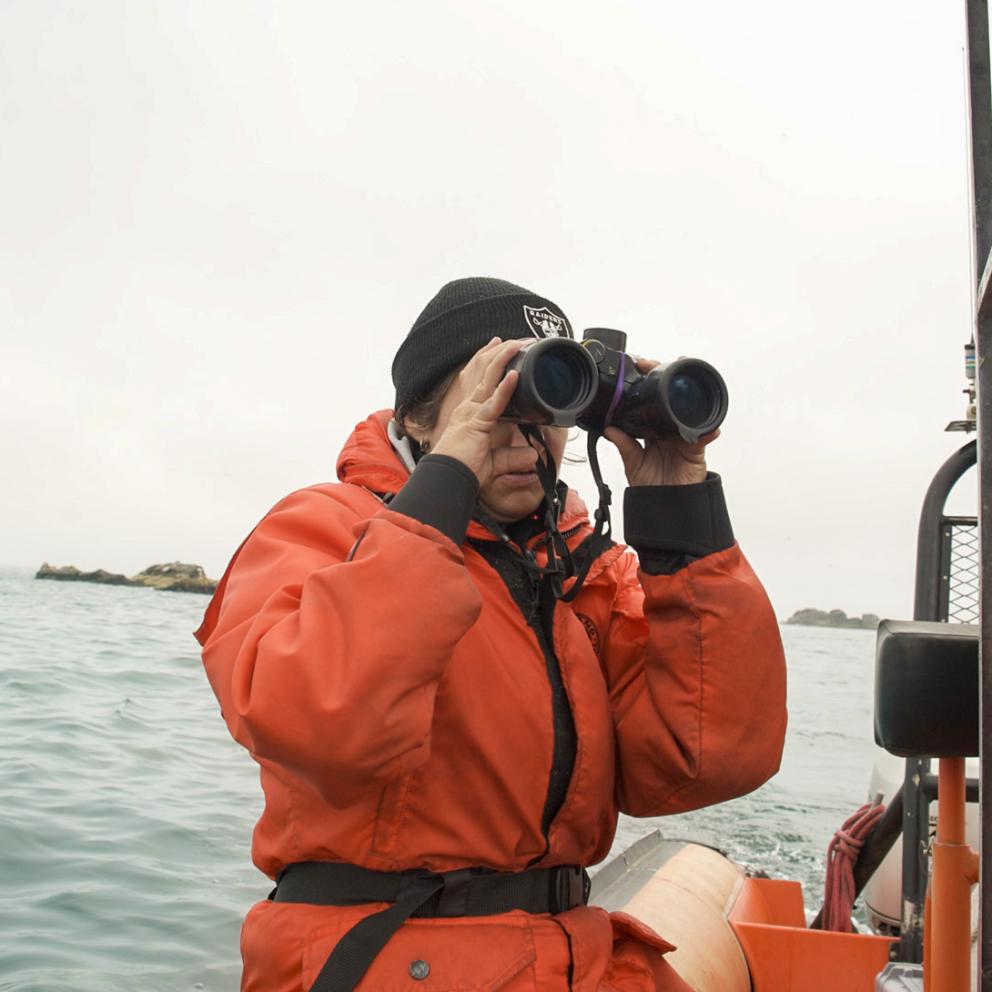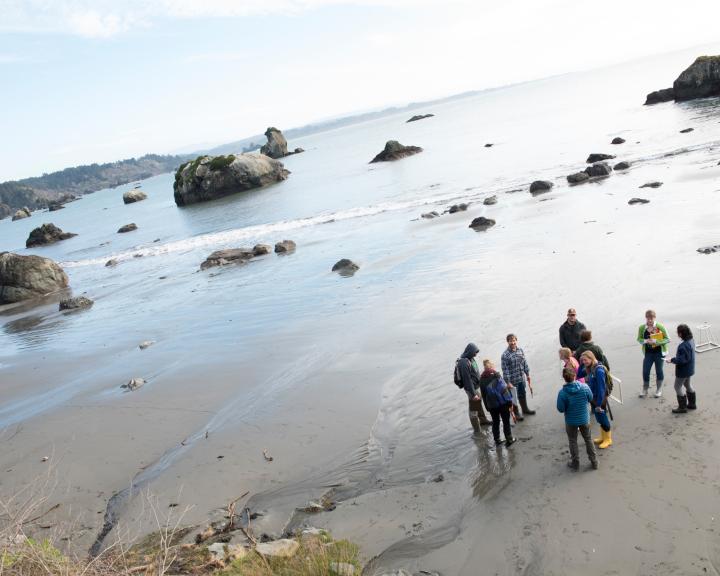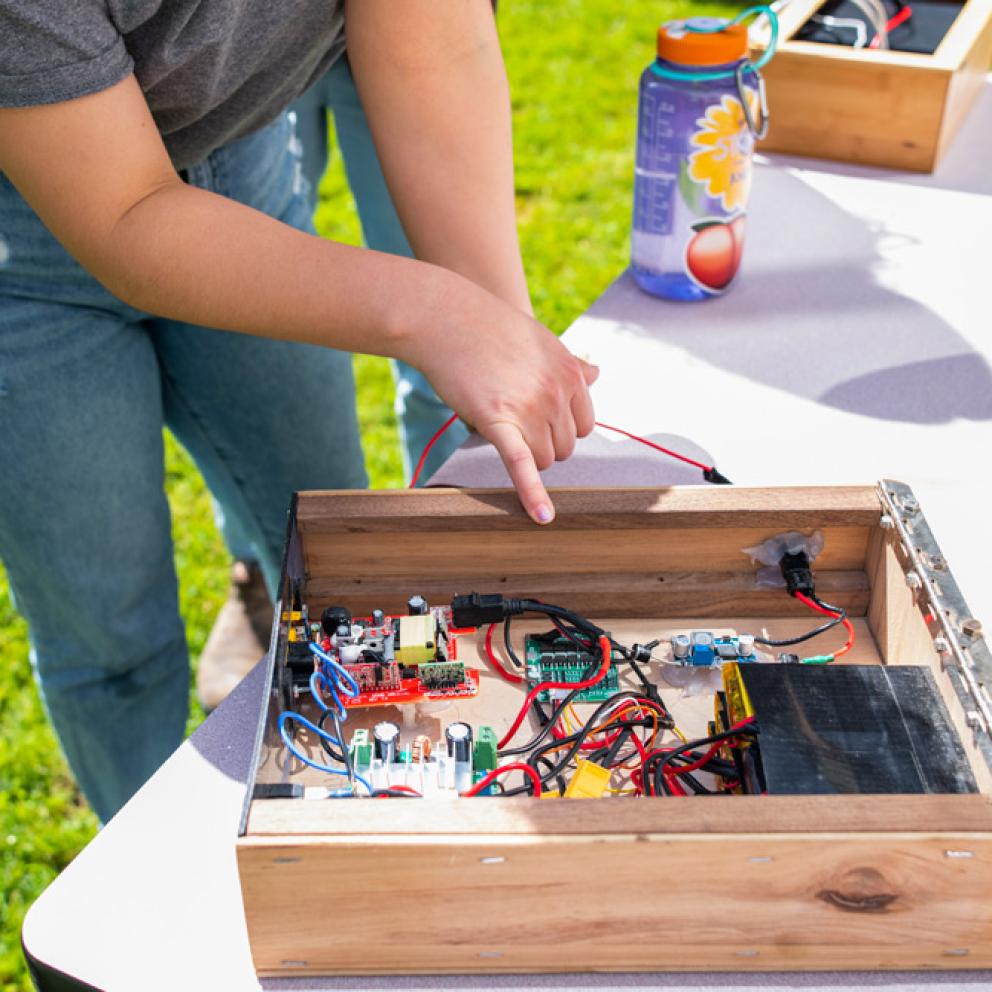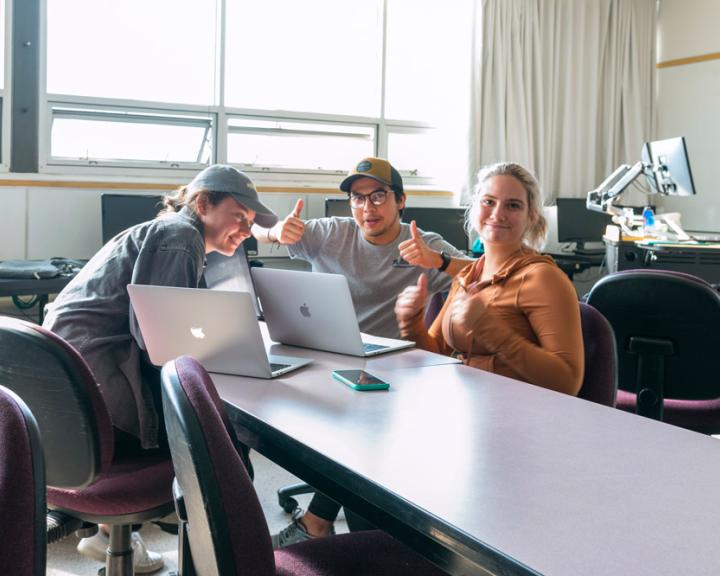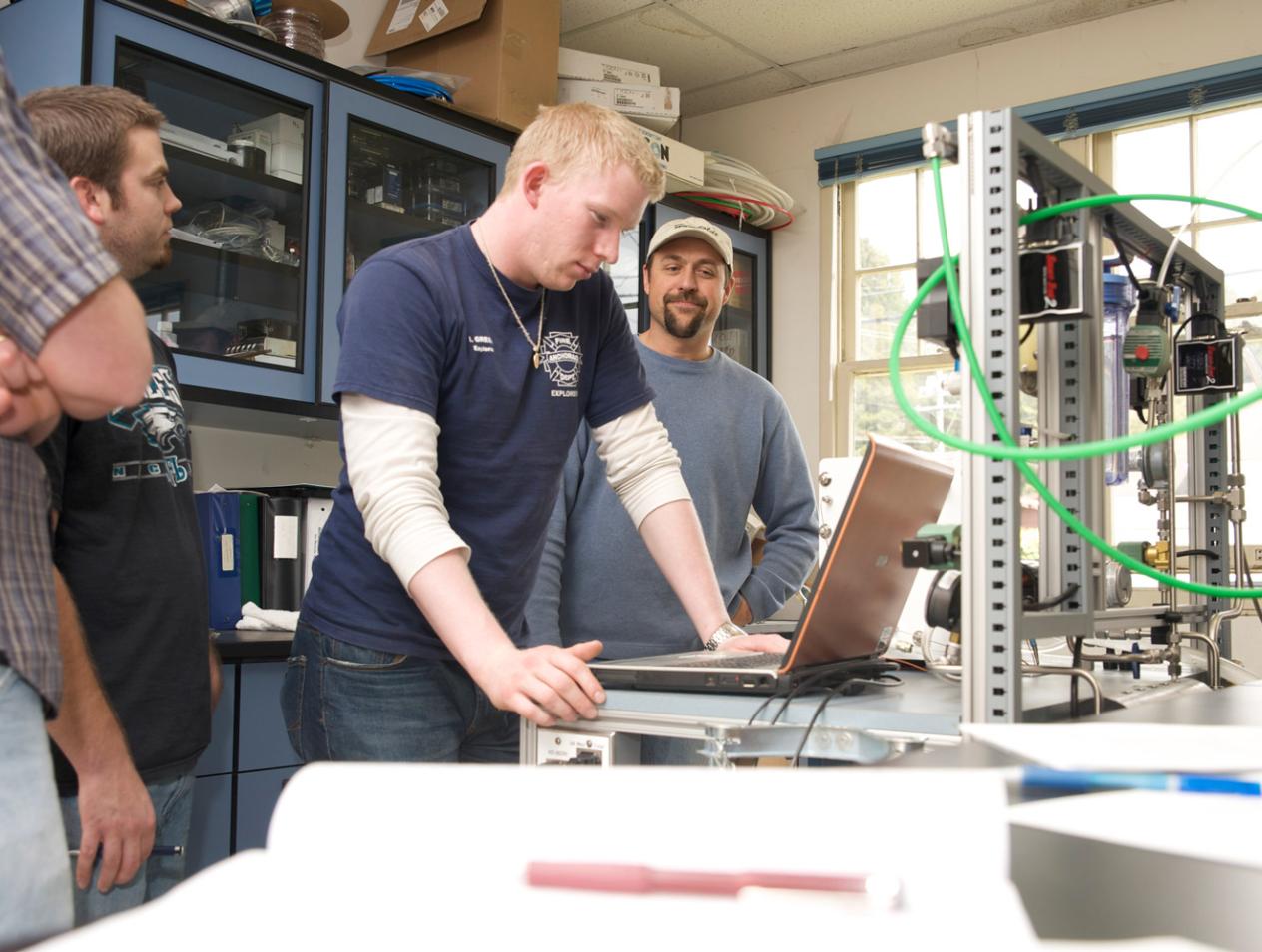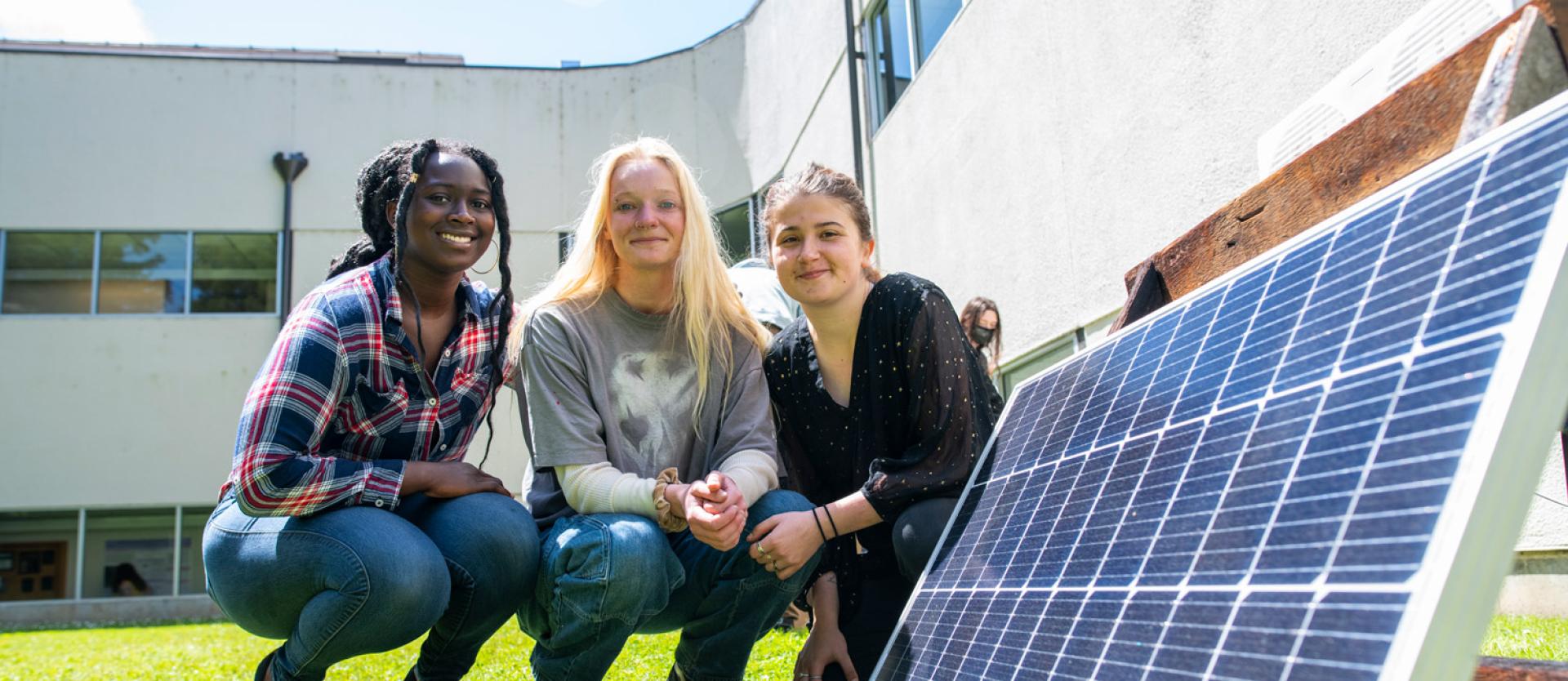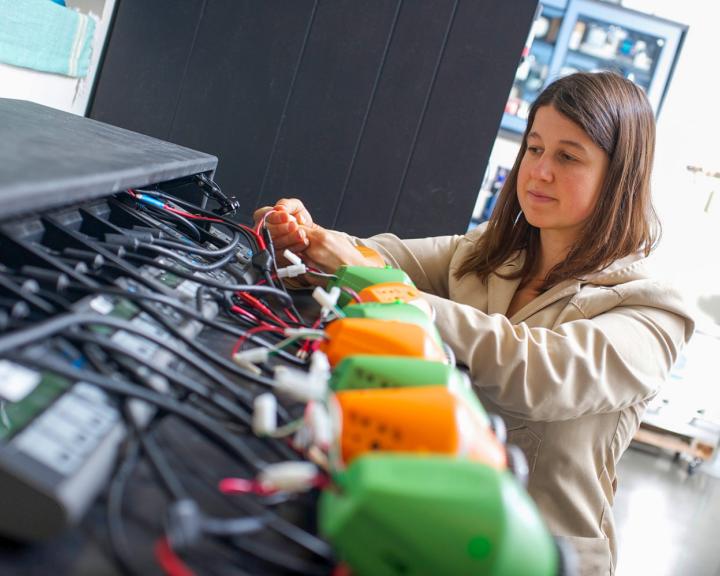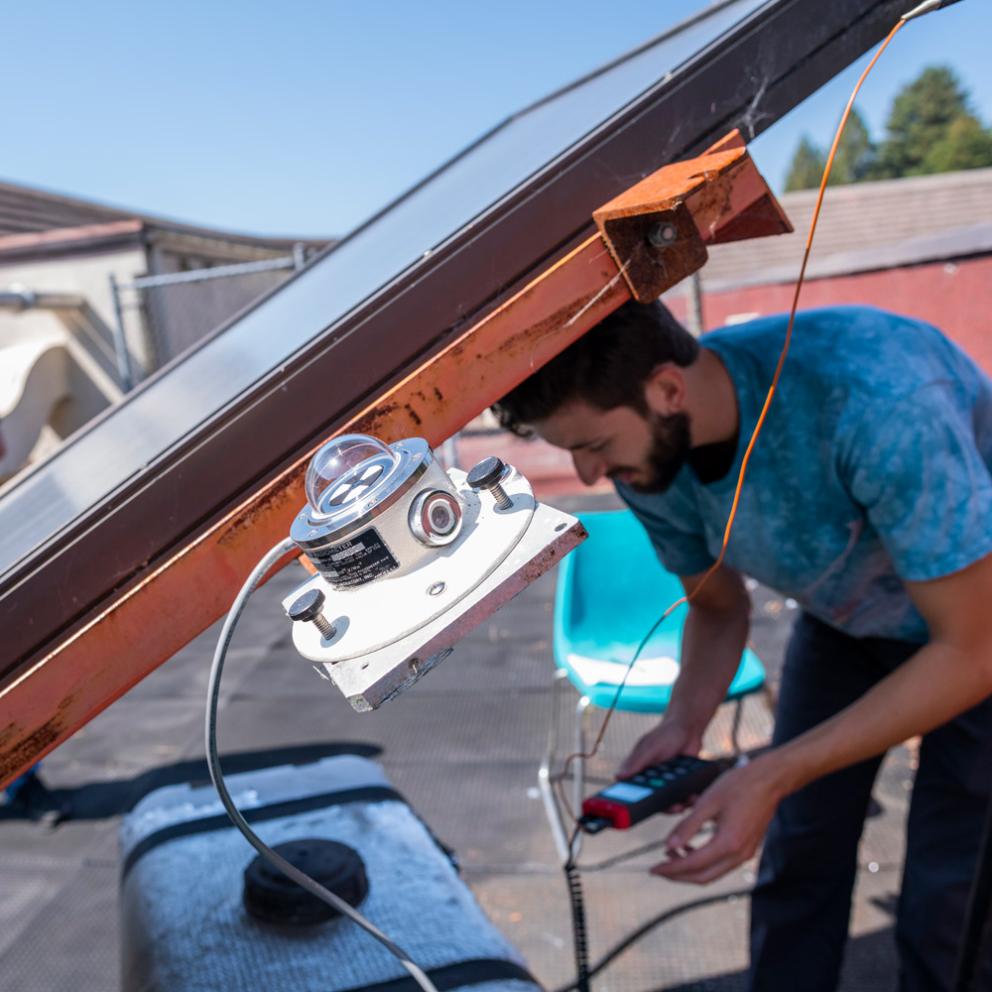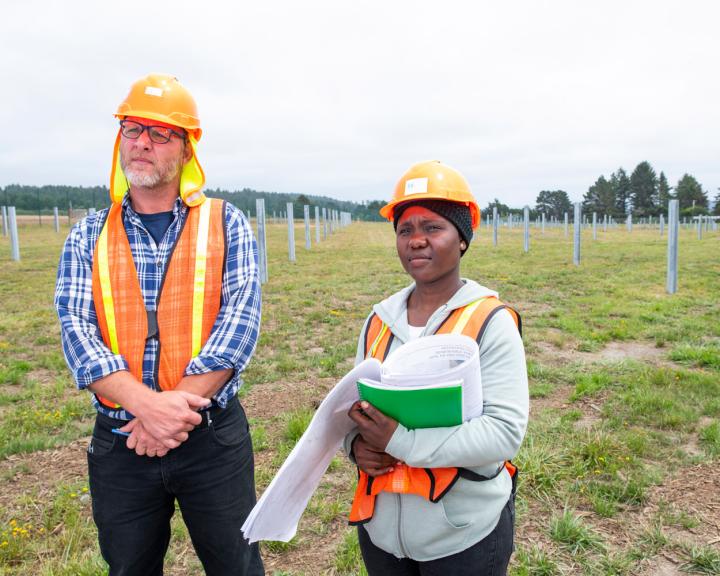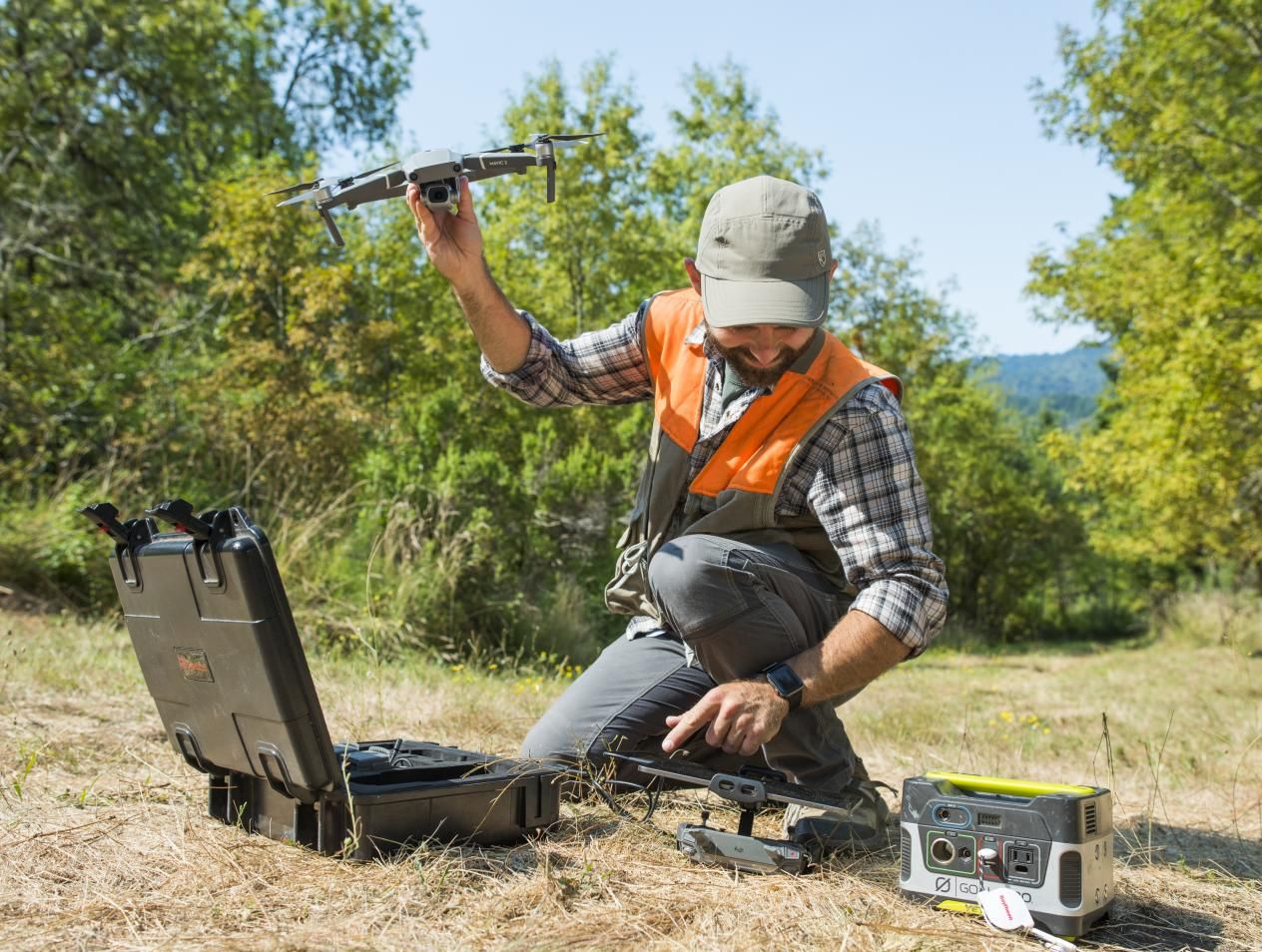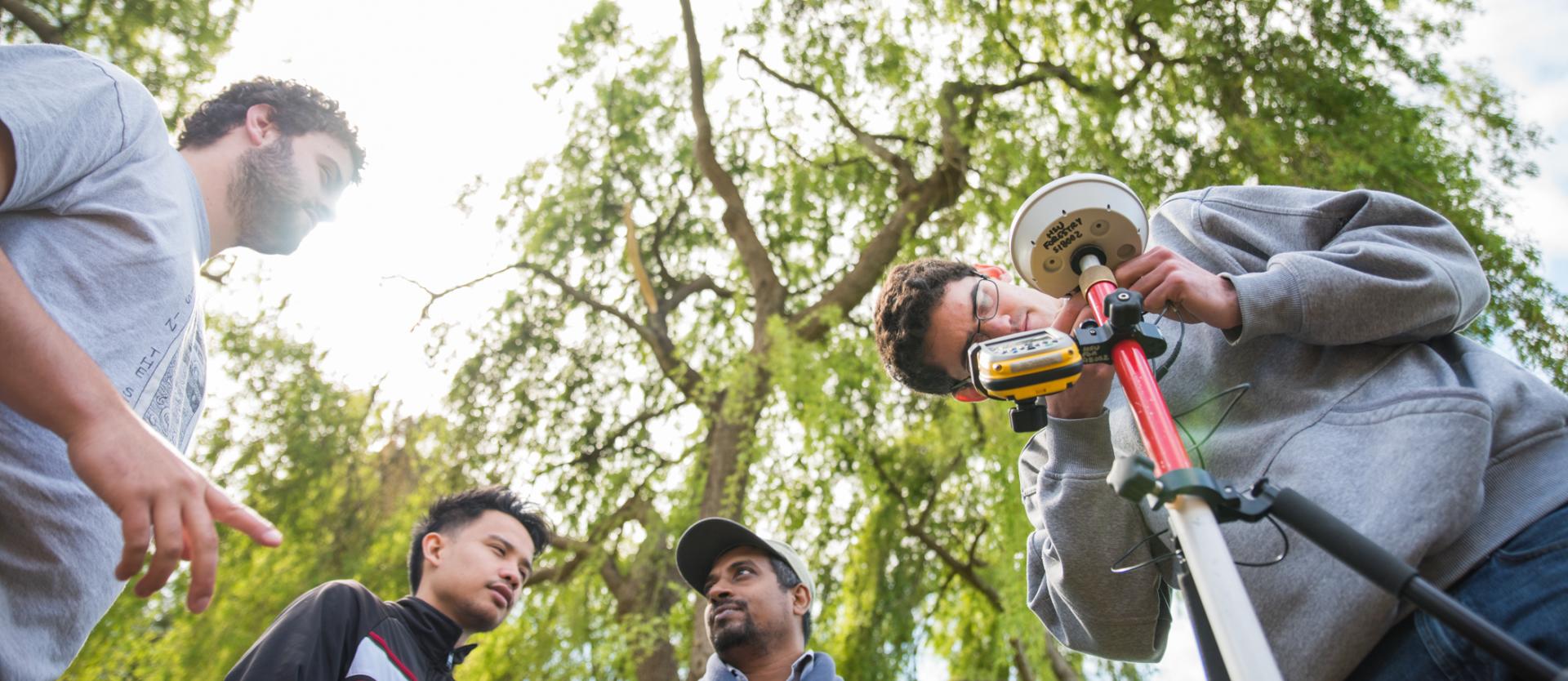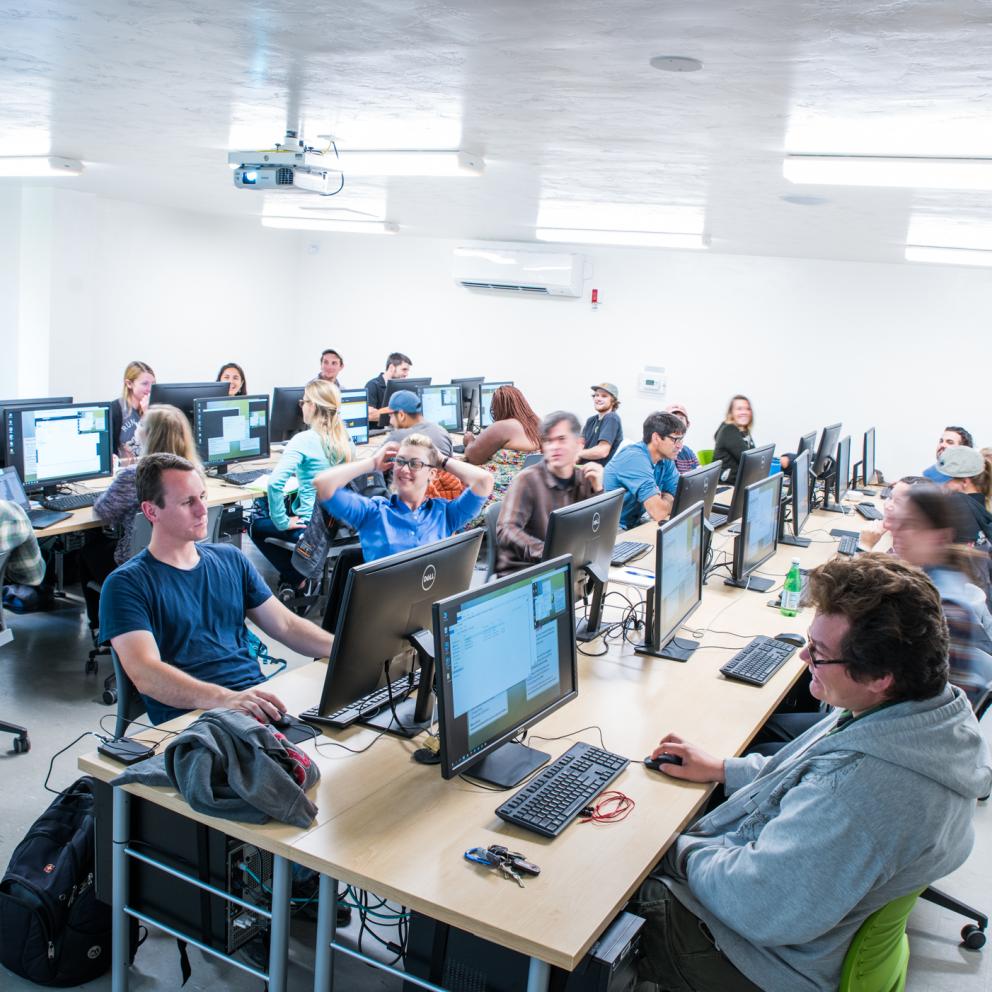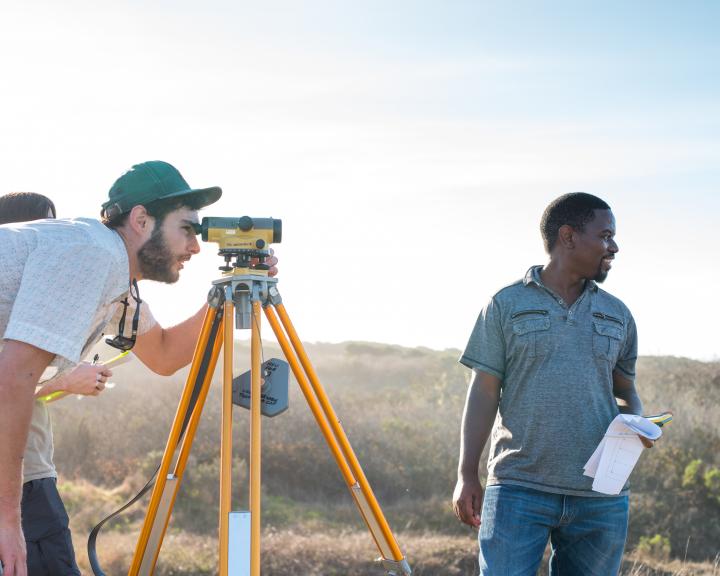Breadcrumb
Media Arts, B.F.A.
The B.F.A. in Media Arts at Cal Poly Humboldt is where creative vision meets technological exploration. Designed for students passionate about storytelling through film/video, photography, animation, design, and audio, the program offers a hands-on, flexible curriculum that prepares graduates for professional success in the fast-evolving digital arts industries.
Why This Program
Employable Skills And Collaboration
Our program elevates applicable skills across several fields of production, including photography, animation, audio production and film, and encourages creative collaboration as a vital part of real world success.
Personal Attention
Our small class sizes mean working closely with your peers and professors to cultivate lasting connections. You’ll get real time support and feedback to help you grow as an artist.
Critical Perspectives
You’ll learn to create work in an ethically driven way, by understanding historical and contemporary contexts and applying critical theory to media art making.

Program Emphases
- Courses in 2D/3D animation, drawing, and visual effects.
- Develop strong storytelling and motion design abilities for games, film/video, and interactive media.
- Focus on digital design, illustration, print and visual communication.
- Use graphics to communicate messages, drive movements, and shape brands.
- Advanced documentary and narrative filmmaking courses.
- Gain experience in directing, editing, and visual storytelling for screen-based media.
- Deepen skills in digital and darkroom photography.
- Build a portfolio for fine art, commercial, or documentary photography careers.
Did you know?
Creative digital technologies are integrated into nearly every sector of today's workforce and continue to see rapid innovation with forces like Artificial Intelligence. This requires students to develop dexterity and a flexible, adaptable creative skillset and methodology.
The BFA in Media Arts prepares students for employment in the entertainment, business, journalism, music, and art industries.

Careers
The B.F.A. in Media Arts equips students with the skills needed to thrive in today’s creative economy.
- Animator
- Filmmaker
- Photographer
- UX/UI Designer
- Digital Artist
- Visual Effects Artist
- Multimedia Storyteller
- Creative Director
